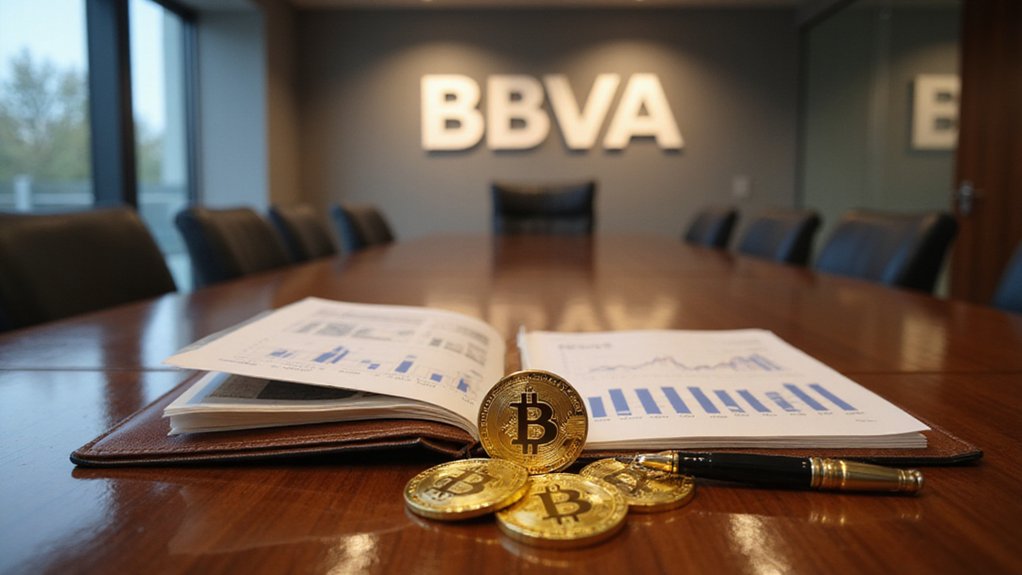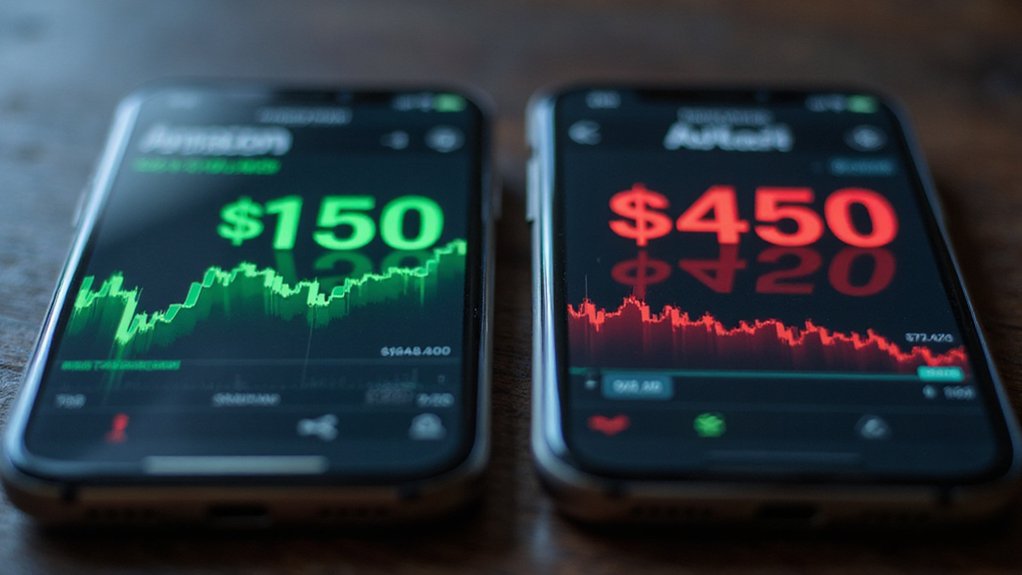Why do cryptocurrency exchanges willingly surrender up to 70% of their trading fee revenue to complete strangers on the internet?
The answer lies in the peculiar economics of digital asset platforms, where customer acquisition costs have reached such astronomical heights that MEXC’s generous affiliate commission structure—having distributed over 6.2K BTC to more than 32,000 affiliates—appears almost reasonable by comparison.
The landscape of crypto affiliate programs in 2025 presents a fascinating study in competitive desperation masquerading as partnership opportunity.
KuCoin’s 60% Bitcoin commission rate stands as a proof to just how valuable a single trading customer has become, while OKX’s 180-day cookie duration suggests they’re willing to play the long game (perhaps recognizing that crypto traders, like fine wine, require extended aging periods before reaching peak profitability).
Traditional affiliate marketing typically offers single-digit commission percentages, making the crypto sector’s willingness to share 30-50% of trading fees—as seen with OKX’s standard offering—appear almost recklessly generous. The traditional brokerage model demonstrates this contrast starkly, as platforms like Robinhood have built sustainable businesses through payment for order flow rather than relying heavily on affiliate partnerships.
What appears recklessly generous in crypto affiliate commissions actually reflects the brutal economics of customer acquisition in an oversaturated market.
Yet this apparent magnanimity reflects the brutal mathematics of user acquisition in an increasingly saturated market where regulatory uncertainty and market volatility have made customer retention as challenging as initial acquisition.
The operational mechanics reveal additional curiosities: while Paxful maintains a modest $10 minimum payout threshold, platforms like Margex have embraced daily BTC distributions, effectively treating affiliates as business partners rather than mere marketing contractors. Binance’s requirements demonstrate the platform’s focus on established influencers, demanding affiliates maintain a minimum of 5,000 followers across social media platforms before participation approval.
This evolution from traditional affiliate relationships toward revenue-sharing partnerships indicates how desperately exchanges need reliable traffic sources.
Perhaps most intriguing is the technological sophistication now embedded within these programs.
OKX’s extensive suite of affiliate marketing tools and CoinEx’s real-time tracking capabilities demonstrate that exchanges have moved beyond simple referral schemes toward sophisticated partner ecosystems. The specialized nature of Web3 marketing has also emerged, with platforms like Blockchain-Ads offering blockchain activity targeting that allows advertisers to reach users based on their on-chain behavior patterns.
The regulatory landscape adds another layer of complexity, as affiliates must navigate not only market volatility but also evolving compliance requirements that can reshape commission structures overnight.
This environment has created a unique breed of affiliate marketer—part financial analyst, part compliance officer, part digital marketing specialist—operating in a space where a single regulatory announcement can instantly obsolete months of campaign optimization work.









